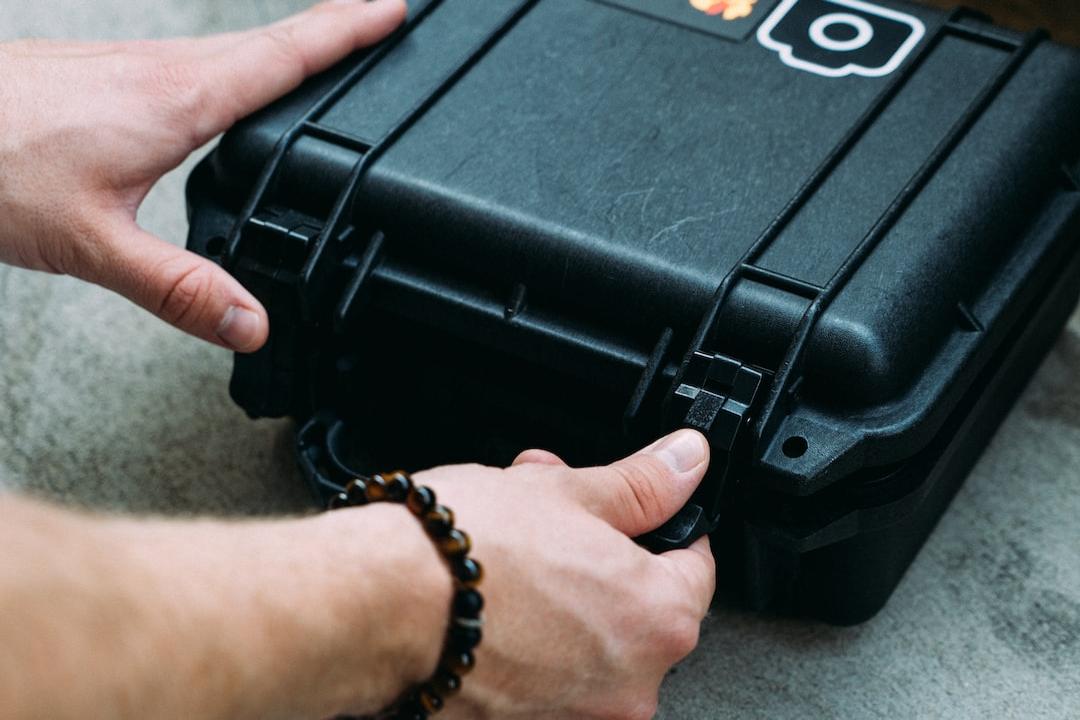Original Article | Odaily Planet Daily
Author | Nan Zhi

Yesterday, zkSync announced that it will conduct an airdrop next week and open the airdrop query, marking the end of a 4-year journey. However, compared to previous Layer 2 solutions such as Optimism and Arbitrum, zkSync has a significantly lower percentage of eligible addresses for the airdrop. Out of a total of 6,826,968 on-chain addresses on zkSync, only 695,232 are eligible, accounting for about 10%. According to community statistics, 9203 addresses received 23.9% of the total airdrop.
Subsequently, zkSync officially released the airdrop rules. From the rules, it is evident that while the airdrop criteria are not considered “strict,” they are more unconventional compared to standard practices, leading to increased community speculation about zkSync’s intentions.
Why are there so few eligible addresses?
Before zkSync officially announced the airdrop rules, entities like Nansen, TrustGo, and some crypto KOLs had made predictions about the number of airdrop recipients. In TrustGo’s report, 2.9 million addresses met the qualifying score, and even under strict standards, 2.05 million addresses would qualify. For instance, crypto KOL @DefiWimar concluded that there would be 1,650,351 addresses eligible for the zkSync airdrop by analyzing the ZK Nation website code.
However, the final number of eligible addresses was much lower than predicted, mainly due to zkSync setting relatively unconventional conditions compared to previous airdrops. For example, TrustGo’s report featured a benchmark address that met only one of the 7 essential conditions set by zkSync, which include interacting with 10 contracts, providing liquidity, using Paymaster, trading 10 ERC-20 tokens, and holding a specific NFT, which eliminated most potential recipients.
Although a previous zkSync report compiled by Odaily in April pointed out the importance of Paymaster and LIBERTAS OMNIBUS COLLECTION as differentiating criteria, the report was published after the snapshot date.
After passing the first threshold, zkSync also introduced innovative funding retention conditions as core parameters for airdrop allocation.
Caught in a controversy over unfair practices
While strict or somewhat unconventional rules may still be within the community’s acceptance range, zkSync’s series of puzzling actions have fueled growing skepticism.
Opaque decision-making authority
Firstly, zkSync set 7 mandatory conditions, with the requirement to meet at least one to proceed to the next calculation phase. However, zkSync emphasized in the document detailing the rules that meeting one or more airdrop criteria does not guarantee a legitimate right or claim to the airdrop, with all decisions related to airdrop distribution solely at the discretion of the ZKSync Association.
This wording greatly fueled dissatisfaction among community users, with many questioning zkSync’s move as a way to manipulate the airdrop allocation unfairly and deprive users of their rightful tokens.
Additionally, in the document’s conclusion, zkSync stated that addresses meeting the airdrop criteria but lacking a minimum of 450 tokens would have their allocated tokens reclaimed, leading to further community discord over inequitable distribution.
Nansen distances itself
After a large number of addresses were excluded from the airdrop, some users accused Nansen of assisting zkSync in anti-whale measures and address screening, resulting in the loss of airdrop eligibility.
In response to these rumors, Nansen immediately issued a statement distancing itself, stating, “We provided Matter Labs with data on specific wallets, such as whale users and known scammers. However, we did not take any anti-whale measures or make any recommendations regarding the airdrop distribution itself.”
Suspicious addresses continue to surface, with no direct response from the official sources
Following the public release of the airdrop link, various screenshots showcasing wealth began circulating in the community. However, a mysterious address 0xF1802d9a70Bdc6F6EffD65d44b33226eE0E6A821 raised direct suspicions within the community. In zkSync’s regular user airdrop, the maximum airdrop limit is 10,000 tokens, yet this address received 564,000 tokens. Apart from this address, several low-activity addresses receiving disproportionately high token allocations were also circulating in the community.

In response, neither the zkSync official account nor the ZKNation account provided any clarification. Eighty minutes later, the zkSync ecosystem DEX, zkSwap Finance, stepped forward to clarify the situation, stating that the address in question belonged to zkSwap and the tokens were allocated by zkSync for the project’s development. zkSwap emphasized that these tokens would be used for protocol and community development, somewhat alleviating the doubts.
However, not all questions have been answered, as many known whale addresses that had already been identified still received the zkSync airdrop, including the whale addresses from Arbitrum over a year ago and recent ones from LayerZero.
According to Artemis, a witch hunter, who posted on the X platform, a witch user who participated in the Arbitrum airdrop and made a profit of $4.2 million still qualified to receive nearly 1 million ZK tokens with over 3,000 wallet addresses.
Following further investigation by Artemis, some whales obtained over 2 million ZK tokens by depositing the same amount of Ethereum on the same day, with each wallet receiving an average of 15,000 ZK tokens. What’s more, almost all accounts were listed on LayerZero_Labs’ witch list.
Yet, similar to the zkSwap situation, the official accounts did not respond to the questions, with only zkSync Alex continuously sharing positive comments about the airdrop.

Calls for a boycott persist
zkSync’s silence has fueled community resistance, with calls today urging major exchanges not to list zkSync tokens and suggesting returning the ZK name to polyhedra. However, the likelihood of zkSync listening to community feedback and revising the airdrop rules and criteria appears to be minimal.
Looking back at the final “milking” process, with Starknet’s 0.005 ETH threshold and zkSync’s funding retention calculation rules, the likelihood of obtaining a substantial airdrop through sheer interaction frequency and duration is decreasing, with increasingly higher financial thresholds required. Essentially, this mirrors a point-based financial system, indicating that the golden age of interaction may be drawing to a close for zkSync.
Subscribe to Updates
Get the latest creative news from FooBar about art, design and business.

